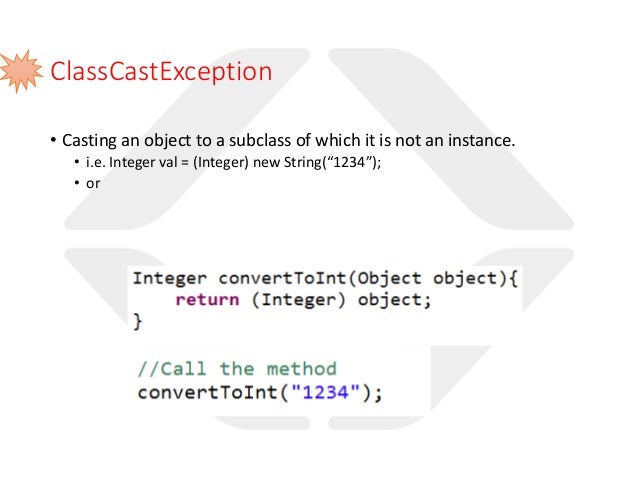

The Java Reflection APIs are available as part of the package, which is included within the Android SDK for developers to use. use of public, protected, private), you can then construct objects, access fields, and invoke methods dynamically. Within the security constraints imposed by Java (e.g. Reflection gives developers the flexibility to inspect and determine API characteristics at runtime, instead of compile time.
#Java reflection load class how to#
It’s freely available for Windows, Mac, and Linux operating systems.įor complete instructions on how to install Eclipse (including which versions are supported) and the Android SDK, see the Android developer website.

Eclipse is a very popular development environment (IDE) for Java and the preferred IDE for Android development. To develop Android applications (or any Java applications, for that matter), you need a development environment to write and build applications. Technically, you don’t need any tools to complete this tutorial but you will certainly need them to develop Android applications. In this tutorial, you’ll learn the basics of Java reflection, including how to inspect the methods and fields of a given class, check for the availability of specific methods, and other practical tasks you may need to use when developing for different versions of the Android SDK. In this tutorial, you’ll become familiar with the concept of Java reflection: the ability of a class or object to examine details about its own implementation programmatically.Īndroid applications are written in the Java, a programming language that supports reflection-the ability of an object to examine itself.


 0 kommentar(er)
0 kommentar(er)
